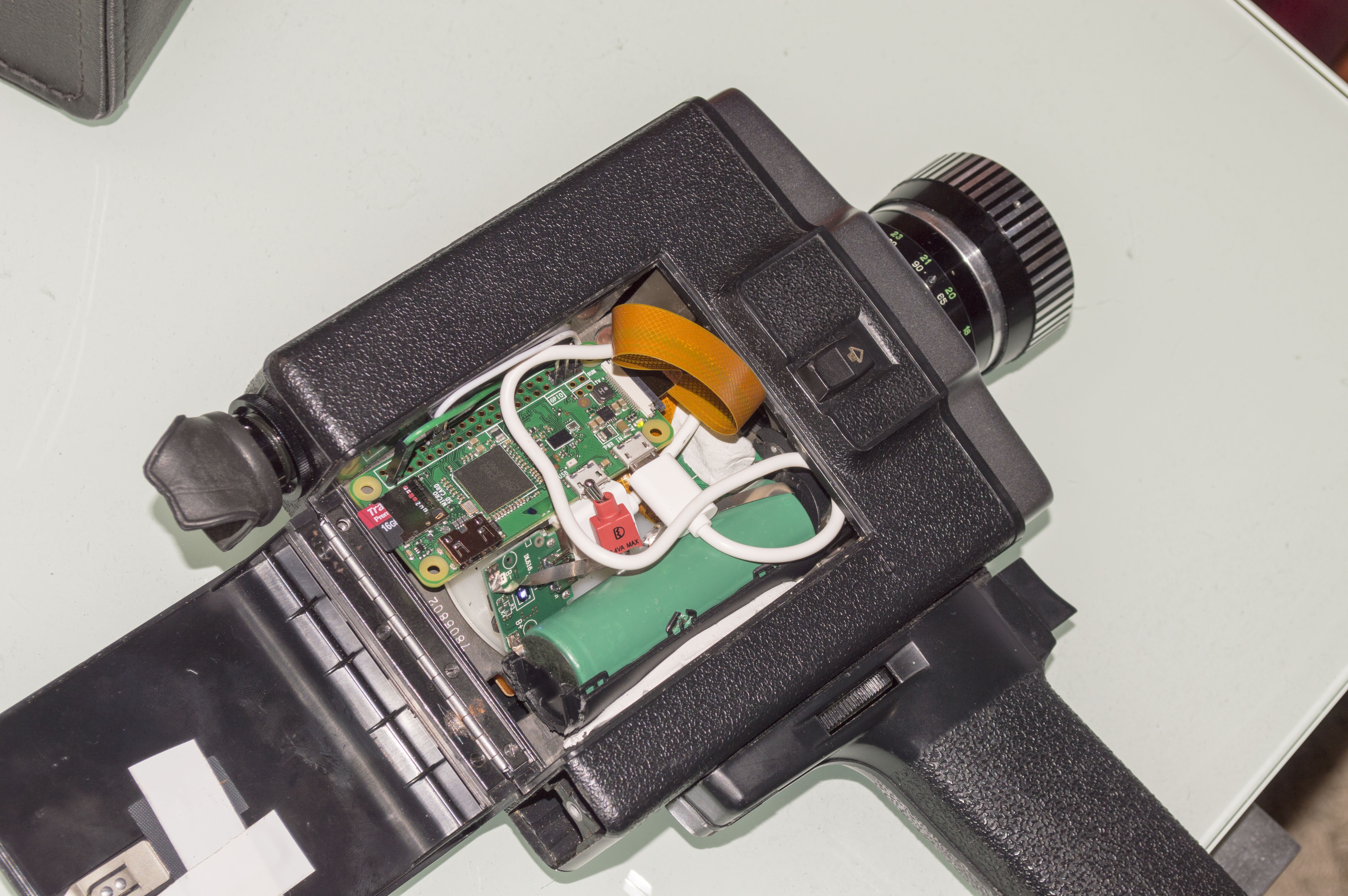The core of the project is the camera module (I used the 1.3 version) for the Raspberry Pi. The camera module is broadly supported by many Raspberry Pis, and surely also by the Zero. It's installation and use is straightforward and there are many readily available tutorials for this. The sensor fine tuning will be discussed deeper in following log entries. This is a very cheap solution specially when overseas compatible replicas of the module can be found for as little as $2.5
Be sure to grab a couple (I bought 4 units at once) as the sensor is extremely sensitive to handling and static electricity discharges. I destroyed a camera module when unmounting the lens.

The default lens mounted on the camera module, appart from being of poor quality, is incompatible with our project. Recalling from the first log entry, the in-built lens alters the focal length of our optics and it's impossible to use in combination with the lens of the camera.
Here comes the most delicate part of the project: the unmounting and adjusting of the camera module lens. The camera modules I bought had the lens glued to the sensor mount. It can be forced and unscrewed counter clockwise with a pair of tweezers exposing the sensor itself.
[sensor pic]
Note the redish IR filter embedded in the sensor. Some webcam digital sensors include this filter in the lens, which make the sensor capture IR light and therefore distort the colors.
The sensor has to be precisely mounted on the focal plane of the camera, and yet as seen previouslt will cover only approximately a quarter of the 8mm film frame. I used some epoxy to adjust the sensors position while streaming the resulting image live. More on this on later entries.
The 8mm film cartridge compartment offers enough size to theoretically fit all required components. If atention is paid to cabling and positions it can host the camera module, the Raspberry Pi Zero and the power bank with its electronics.

The trigger contact of the camera can be directly recycled with minimal soldering to use it as an input for the GPIO pins. The handling of the original super 8 camera (push and hold button to record) can be exactly replicated.
Finally all the power is provided by a 3500 mAh power bank, which offers enough power for some minutes of recording. I did not measure the endurance of the power supply precisely but it last for around 15 minutes of video with the factory charge. Remember 15 minutes was the maximum duration of the 8mm film shot at 24 fps as indicated by an ingenious turntable-like advance counter.
 Xabi Z
Xabi Z
Discussions
Become a Hackaday.io Member
Create an account to leave a comment. Already have an account? Log In.